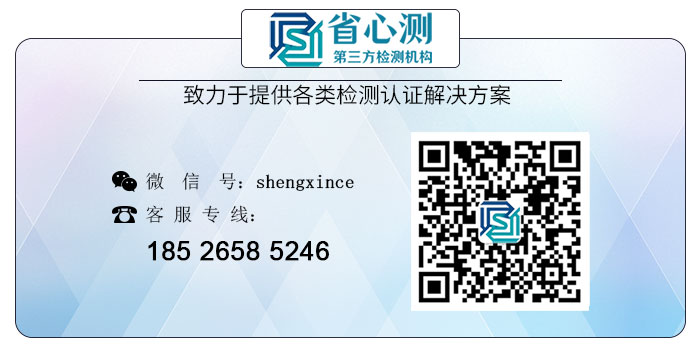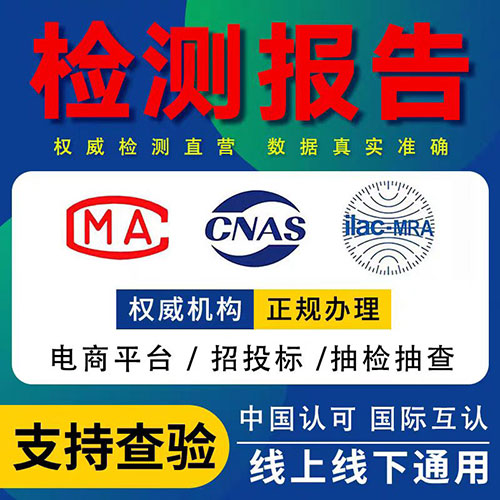rohs测试不通过用英语表示
Introduction
In the modern world, electronic devices are an integral part of our daily lives. While designing and manufacturing these devices, it is essential to ensure the safety and environmental impact of the components. Many countries have implemented regulations and standards for ensuring the safety and environmental compliance of electronic devices. RoHS, or Restriction of Hazardous Substances, is one such standard implemented by the European Union.
What is RoHS?
RoHS is a set of regulations developed by the European Union and stands for Restriction of Hazardous Substances. The primary objective of RoHS is to restrict the use of harmful materials in electrical and electronic equipment. The hazardous substances restricted by RoHS include lead, mercury, cadmium, hexavalent chromium, polybrominated biphenyls (PBB), and polybrominated diphenyl ethers (PBDEs). RoHS compliance has been mandatory for all the electronic products sold in the European Union since July 2006.
Why is RoHS compliance essential?
RoHS compliance is crucial because of the hazardous nature of the materials that it restricts. These materials are known to cause severe health and environmental problems. For instance, lead poisoning can lead to a wide range of health problems, including brain damage, anemia, and damage to the nervous system. Similarly, mercury can cause severe environmental problems and long-term damage to the nervous system. By restricting the use of these materials in electronic devices, RoHS ensures the safety and environmental impact of these devices.
What happens if a product fails to comply with RoHS?
If a product is found to be non-compliant with RoHS regulations and standards, it cannot be sold in the European Union. The product must be either recalled or withdrawn from the European market. Fines and legal penalties may also be imposed on the manufacturer for non-compliance.
RoHS testing and certification
RoHS certification is a critical aspect of ensuring the compliance of electronic devices with RoHS regulations. RoHS testing involves testing the electronic device components for the restricted materials. Once the device has passed the RoHS testing, it is awarded RoHS certification. The certification signifies that the product complies with the RoHS regulations and standards.
What happens if a product fails the RoHS test?
If an electronic device fails the RoHS test, it cannot be sold in the European Union. The product must be either recalled or withdrawn from the European market. The manufacturer must then re-design and re-manufacture the product to comply with RoHS regulations.
Conclusion
RoHS compliance is an essential aspect of ensuring the safety and environmental impact of electronic devices. RoHS compliance ensures that the electronic devices do not contain hazardous substances that can cause severe health and environmental problems. The compliance also highlights the manufacturer's commitment to producing safe and environmentally friendly products. Therefore, it is essential for manufacturers to ensure RoHS compliance to avoid legal penalties and fines and to demonstrate their commitment to safety and environmental protection.


 有样品要送检?试试一键送检,15分钟极速响应
有样品要送检?试试一键送检,15分钟极速响应



